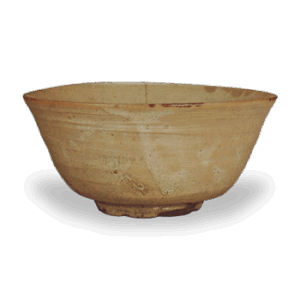Underglaze painting. Underglaze painting, i.e., painting on a bare surface and applying a glaze over it. The most common types of underglaze painting are iron painting, copper red, and cobalt blue, with copper blue being called underglaze red and cobalt blue being called underglaze blue.
Underglaze blue is called “Some-tsuke” in Japan, and was the most widely used decorative technique among all others. The most common methods of underglaze painting are hand-painting, stencil painting, copperplate transfer, and rubber plate application. All coloring materials are available in beautiful colors and in many varieties at low firing temperatures, but at high firing temperatures the colors gradually become muddy and there are very few varieties available. However, since both paints are dissolved into the glaze to form a kind of colored glass, the higher the firing temperature, the better the colors dissolve and the deeper and richer the colors become.
Underglaze glazes are fired in the high heat of the main kiln, and although the variety of underglaze glazes has increased recently, they are far less than overglaze glazes. However, the subdued and elegant appearance of underglaze enameling is a characteristic that is far beyond the reach of overglaze enameling. The raw materials for underglaze painting, or underglaze pigments, are all metallic compounds or ores. Depending on the application, they are prepared by mixing fine powders of colored metal compounds or ores with refractory clays, feldspars, silicates, or white jade made of borax and lead compounds, or by baking the fine powder and then using it again as a powder.








